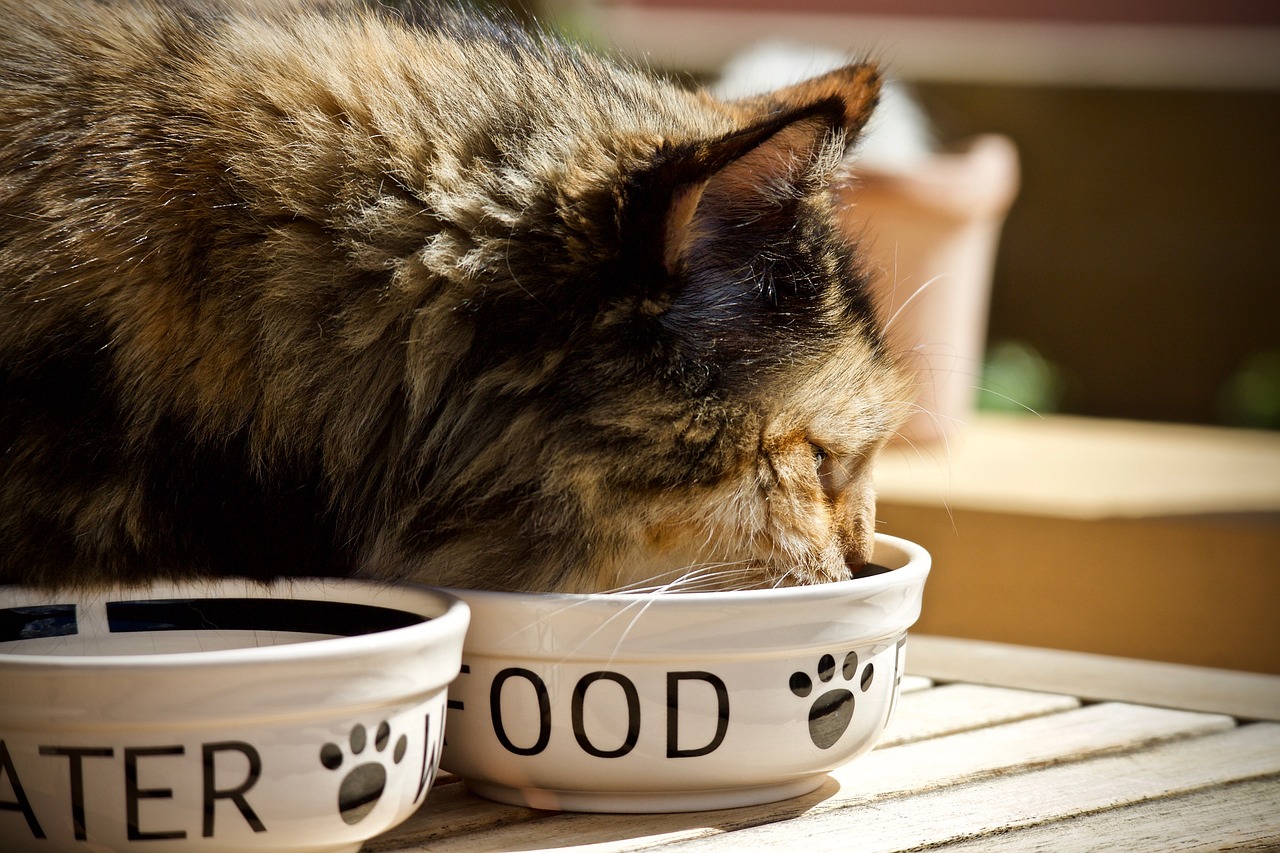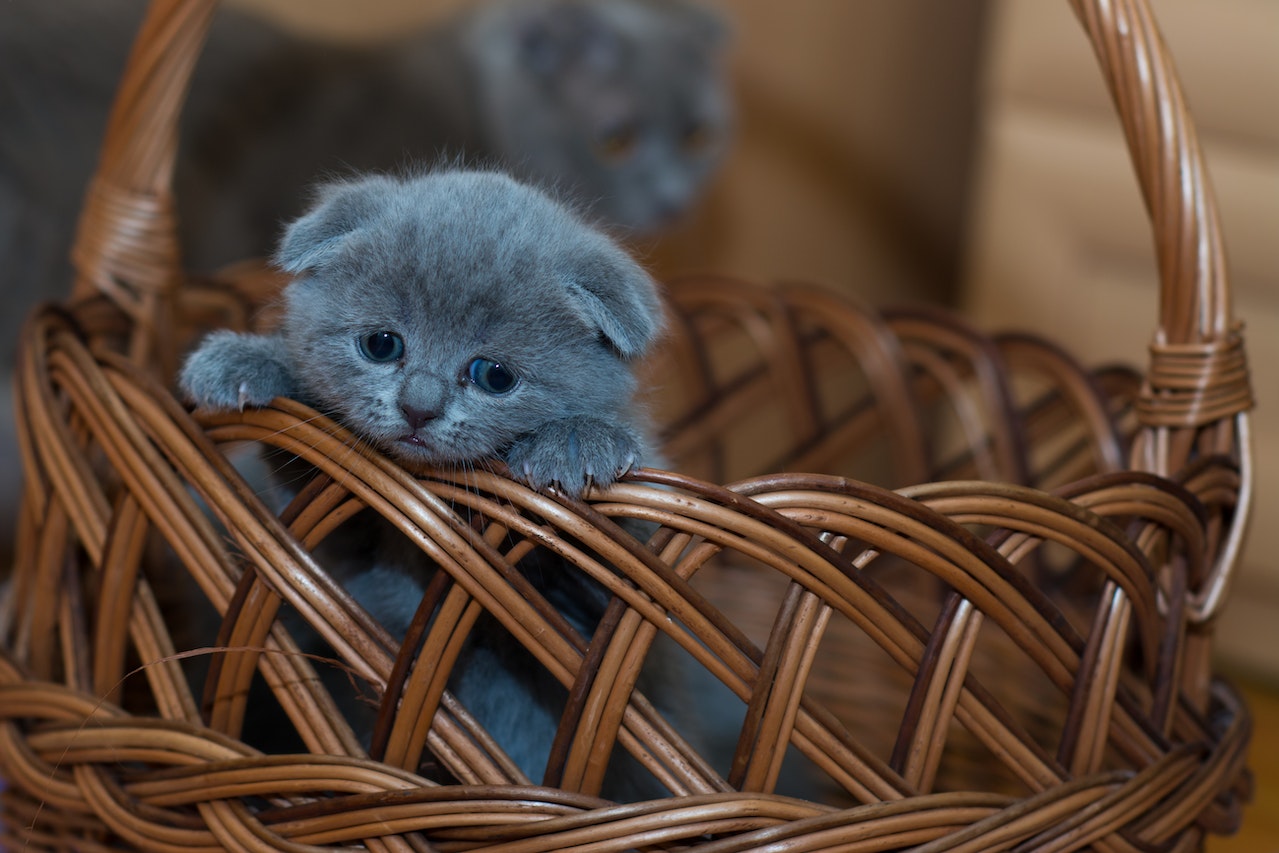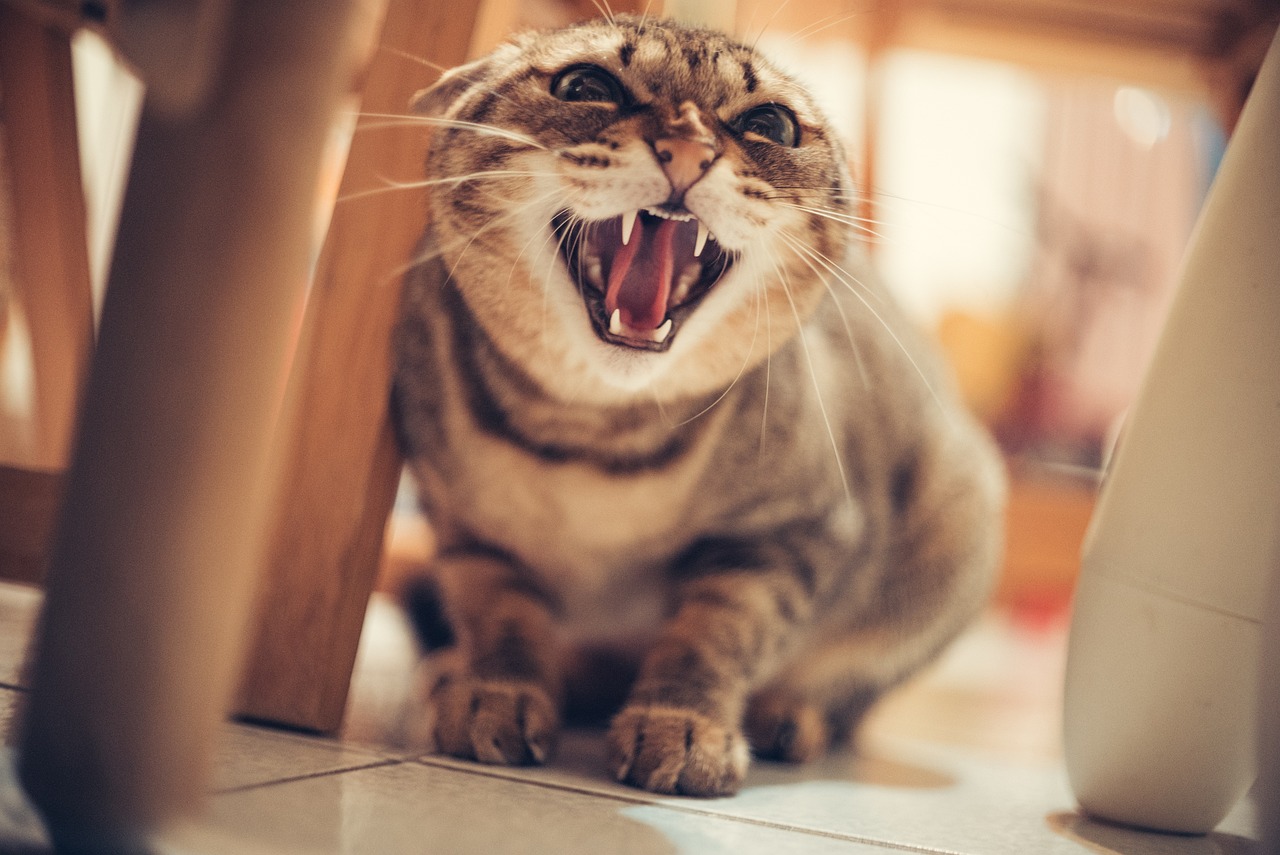Alright, folks, gather ’round. If you’ve landed here, chances are you’re a feline overlord (oops, I meant “beloved pet”) owner who’s on the precipice of a culinary crisis. You’re probably wondering, “What the heck should I feed Mr. Whiskers? Is tuna from a can suitable, or should I just let him feast on my houseplants?” Well, worry not! I’m here with the (totally not made up on the spot) ultimate guide on what your kitty should be chomping on.
1. Vintage Milk from 1950:
Every sophisticated cat appreciates a bit of nostalgia, right? Let’s travel back to the ‘good old days’ when cats donned pearls and top hats. So, if you’ve got some old milk stashed away from the 50s, it’s probably high time to bust it out. Just kidding. Cats are often lactose intolerant, so maybe skip the milk and offer water instead. But I mean, if you’re going for that vintage aesthetic, at least put the water in an antique bowl?
2. Luxurious Cardboard Delicacies:
Has your cat ever shown an inexplicable preference for gnawing on cardboard instead of its gourmet food? Well, that’s because cardboard is the caviar of the feline world. Or, at least, that’s what they want us to think. The truth is, while they may play with it, they shouldn’t be eating it. So next time Mr. Whiskers tries to indulge, remind him he’s not a goat and to stick to his actual food.
3. The Exotic Taste of Houseplants:
Let your furry friend indulge in the taste of the wild with some greens. Houseplants, especially the ones that are mildly toxic to them. Oh, wait—no. That’s a terrible idea. Cats can’t handle the rich and varied diet of a brontosaurus, no matter how much they might act like one when they see a toy mouse. Before buying a plant, do a quick check to make sure it’s not on the “Kitty No-No” list.
4. Mouse Tartare:
Ah, the classic, the age-old, the pièce de résistance. There’s nothing like serving up a fresh, raw… Okay, let’s be real here. Your indoor kitty is more likely to be terrorized by a mouse than turn it into dinner. And if your cat is an outdoor prowler? Maybe make sure their actual meals are a bit more… sanitary.
Now, jokes aside, your cat’s diet is no laughing matter. In reality, domestic felines thrive best on high-protein, low-carb diets. Here are some actual tidbits you might want to consider (you know, when you’re not pondering the effects of vintage milk):
- Canned vs. Dry: Wet food can be beneficial for hydration, while dry food can assist with dental health. Many vets recommend a combination.
- Quality Matters: Look for foods that list meat as the first ingredient, and avoid those with unnecessary fillers.
- Treats Are Just That – Treats: We get it, Mr. Whiskers has those big, pleading eyes. But treats should be given sparingly. Overindulgence can lead to obesity.
5. Fancy Feast? More Like Fancy Fast-Food:
We’ve all seen those commercials, haven’t we? The dainty cat with a diamond collar, turning its nose up at everything but the gold-trimmed dish in front of it. Makes you think: “Is this the epitome of feline fine dining?” Let’s be honest, most cats would happily scarf down a random bug before even considering that ‘fancy’ dish. While branded foods might be appealing, always check the nutritional info. Mr. Whiskers deserves more than just fancy packaging.
6. DIY Gourmet Kitty Meals:
Heard of the trend of crafting home-cooked meals for pets? Great if you’ve got the time, disastrous if you don’t know what you’re doing. Before attempting to become the Gordon Ramsay of cat cuisine, consult with a vet. We don’t want any kitchen nightmares, especially when it comes to your cat’s health.
7. The All-You-Can-Eat Buffet (Also Known as Continuous Feeding):
Leave a pile of food out and let your feline decide when to feast. Sounds ideal, right? Wrong. This is often the fast track to an overweight cat. It’s like leaving a kid unsupervised in a candy store. Scheduled meals are usually the way to go. But hey, you do you (or rather, let your cat do… whatever cats do).
8. Water: The Elixir of Nine Lives:
Think cats get all their hydration from food? Think again! Fresh water should always be available. If your feline friend is feeling fancy, maybe invest in a cat water fountain. It’s like the spa of the cat hydration world.
9. The Great Grass Conspiracy:
Ever wondered why your indoor kitty craves grass? Well, it’s either because they’re reenacting their version of a wilderness documentary, or they just need some roughage. While grass isn’t harmful, avoid letting them munch on chemically treated lawns. There are even special cat grass kits available for indoor kitties. Talk about farm-to-table dining!
In conclusion, while our feline friends might seem like mysterious, unpredictable creatures (especially when they’re knocking things off shelves for no apparent reason), their dietary needs are pretty straightforward. Feed them a balanced diet, keep treats to a minimum, and always ensure they have fresh water.
And remember, the next time Mr. Whiskers stares longingly at your pizza slice, he’s not envious of your impeccable taste. He’s just plotting how to steal it without getting caught. Cheers to healthy feeding and always being one step ahead of your furry master’s mischiefs!
Decoding the Feline Food Aisle: What’s Best for Your Cat?
Navigating the vast world of cat food can be as puzzling as trying to figure out why your cat insists on sprinting around the house at 3 AM. Let’s break down the main players in the game of cat cuisine:
1. Meat vs. Fish vs. Dairy:
- Meat: Cats are obligate carnivores, which means meat is their jam. Whether it’s chicken, beef, or turkey, quality meat should be the primary ingredient in their food. However, ensure it’s free from excessive fillers, artificial additives, and unnamed “meat by-products.”
- Fish: While your cat might fancy the occasional fishy treat, fish shouldn’t be their primary protein source. Some concerns include heavy metals, toxins, and the potential for allergic reactions. But don’t banish fish entirely; think of it as a delicacy for Mr. Whiskers, not an everyday chow-down.
- Dairy: Contrary to popular belief, many cats are lactose intolerant. While they might salivate at the thought of cream, most dairy products can upset their tummies. If you’re feeling generous, lactose-free cat milk products are available.
2. Fillers: The Good, the Bad, and the Ugly
- Good Fillers: Some fillers can provide essential nutrients and are not just “empty calories.” Examples include:
- Brown rice: A source of essential nutrients and fiber.
- Oats: Good for digestion and high in protein for a grain.
- Quinoa: Packed with protein and essential amino acids.
- Bad Fillers: These are the sneaky culprits that bulk up food but don’t provide significant nutritional value. They’re like the popcorn of the cat food world – filling, but not nourishing. Examples include:
- Corn and wheat gluten: These can be hard for some cats to digest and don’t offer the nutritional profile that meat does.
- Food dyes: Cats don’t care if their food is neon green. So why add artificial colors?
- By-products: If you wouldn’t eat unspecified “meat” (what meat exactly?), why should your cat? It’s essential to note that not all by-products are harmful, but quality and sourcing can be questionable.
3. Additives:
While some additives are beneficial, like taurine (an amino acid essential for cats), others can be harmful. Watch out for excessive amounts of chemical preservatives such as BHA, BHT, and ethoxyquin. Instead, look for natural preservatives like mixed tocopherols (a form of vitamin E).
The Verdict:
Like humans, every cat is unique. While one might thrive on a chicken-based diet, another might prefer turkey or even kangaroo. It’s essential to read the ingredient list, consult with your vet, and pay attention to how your cat responds to a particular food.
Remember, investing in quality nutrition now can save on vet bills later. And always keep in mind that while you can indulge in fast food from time to time, Mr. Whiskers deserves more than the feline equivalent of a drive-thru meal. Because let’s face it: he’s royalty, and he knows it.
Feline Foodie Pro Tips:
- Hydration Station: Cats aren’t always great about drinking water. To promote hydration, consider wet cat food or even adding a splash of water or broth (make sure it’s free from onions and excessive salt) to their kibble.
- Rotate Proteins: Every once in a while, switch up the primary protein source. This not only provides variety but can also help identify any potential food sensitivities.
- Freshness First: If you’re feeding dry kibble, ensure it’s stored in a cool, dry place and used within six weeks of opening. This helps maintain the food’s nutritional integrity and keeps it free from contaminants.
- Go Slow on Switches: When transitioning to a new food, do it gradually over a week or so. This can help avoid digestive upset. Mix in increasing amounts of the new food with the old to ease the transition.
- Watch the Weight: Keep an eye on your cat’s weight and adjust portion sizes accordingly. Obesity can lead to numerous health issues, from diabetes to arthritis.
- Snack Sparingly: Treats are called treats for a reason. They should make up no more than 10% of your cat’s daily caloric intake.
- Beware of Bones and Fat: If offering real meat, ensure it’s bone-free and not too fatty. Bones can be a choking hazard or cause internal damage, and excessive fat can lead to pancreatitis.
- DIY with Caution: If you’re considering homemade cat food, consult with a vet or pet nutritionist. Cats have specific dietary needs, and it’s essential to get the balance right.
- Trust the Tummy: If your cat suddenly stops eating or experiences digestive issues, it might be the food. Don’t hesitate to consult your vet. Sometimes, even the highest quality food might not agree with a particular feline’s system.
- Curiosity and the Cat: Cats are curious creatures. Ensure all human foods, especially toxic ones like chocolate, grapes, onions, and alcohol, are out of their reach. Remember, what’s yummy for you might be dangerous for them!
Armed with these tips and a sprinkle of common sense, you’re on your way to achieving the coveted title of “Ultimate Feline Foodie.” Happy feeding! 🐾
Feline Food FAQs: The Lowdown on Kitty Cuisine
While cats might audition for the lead role in a tuna commercial, a daily diet of tuna isn’t recommended. It lacks certain essential nutrients and can lead to deficiencies. Think of it as a treat, not a staple.
Most adult cats do well with two meals a day. However, kittens require more frequent feeding. Always ensure your cat has access to fresh water.
Classic, yes. Ideal, no. Many cats are lactose intolerant, so dairy can upset their stomach. If you’re keen on treating your cat, opt for specially formulated cat milk products.
Raw diets can offer benefits but also come with risks, like bacterial contamination. If you’re considering a raw diet, it’s crucial to do thorough research and consult with your vet.
As much as we’d love the idea of miniature cow-cats, grass-eating is a common behavior. It can help with digestion or act as a natural laxative. Just ensure the grass hasn’t been chemically treated.
Cats, just like humans, can appreciate variety. Introduce new foods slowly to ensure they don’t upset her stomach. Rotate flavors or brands while keeping an eye on quality.
Absolutely! Some to avoid include chocolate, grapes, onions, garlic, alcohol, caffeine, and certain artificial sweeteners (like xylitol). When in doubt, consult with your vet.
Both have their merits. Wet food is great for hydration and can be more palatable for picky eaters, while dry food can help with dental health. Many vets recommend a combination of both.
Remember, when in doubt, always err on the side of caution and consult with a professional. Your cat’s tummy will thank you! 🐱💕



